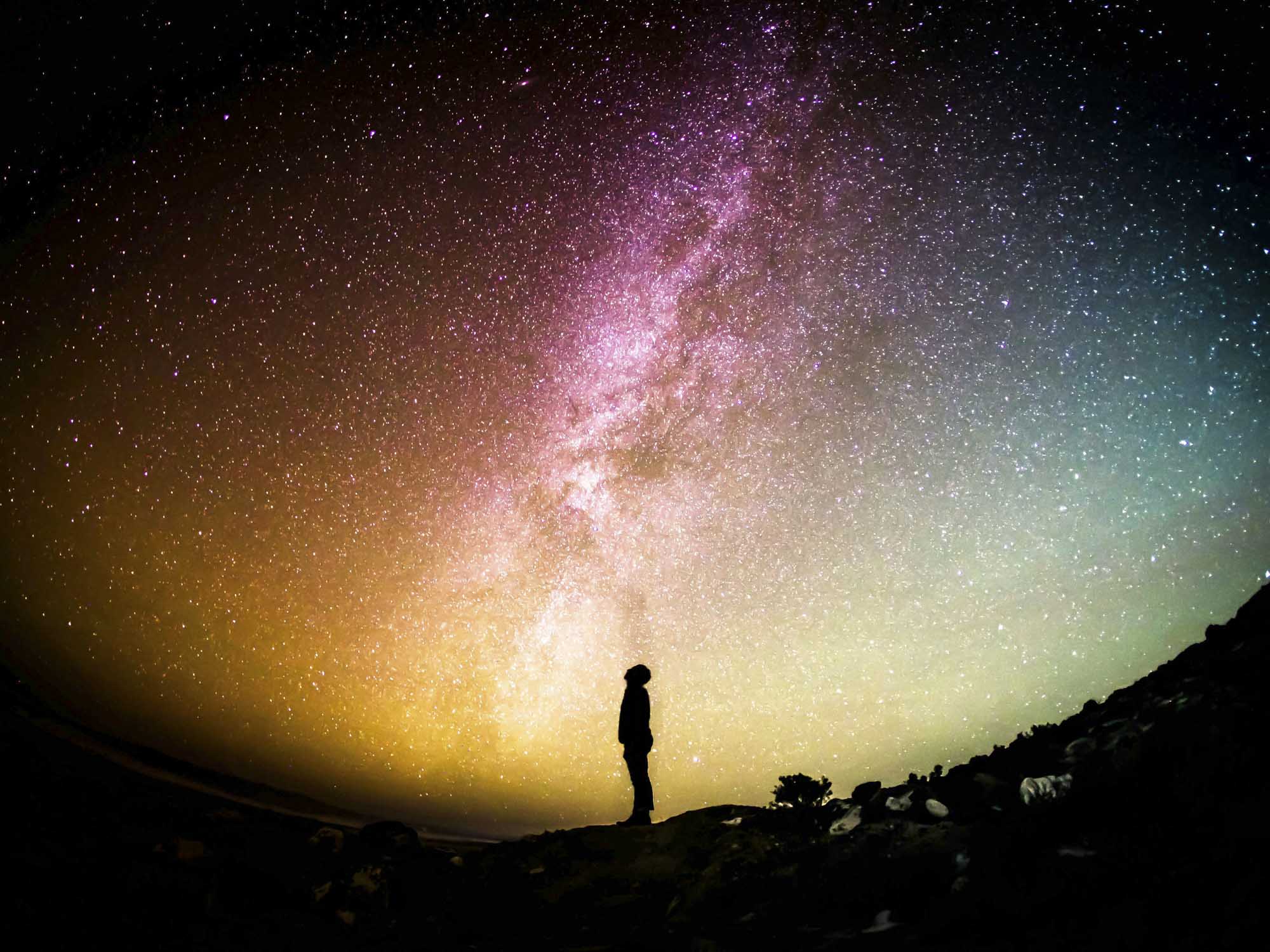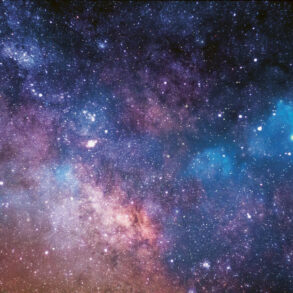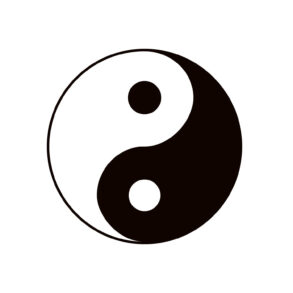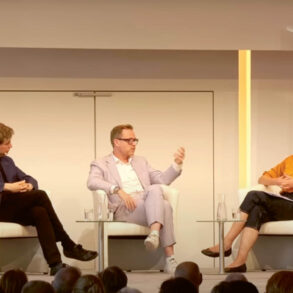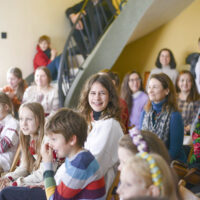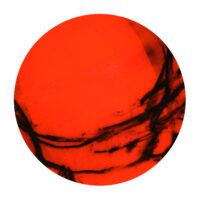In November 2022, the delegates at the General Conference on Weights and Measures (CGPM) decided to dispense with leap seconds in the near future.1 This is probably the last act of detaching our time from the path of the sun and the stars.
First of all, why do we have leap years? Where they exist in both East and West, leap years are human being’s attempt to reconcile our cosmic cultural events—our annual festivals—with the rhythm of day and night. These two rhythms are incommensurable; they do not have an exact measurement in common, meaning that a whole number of days does not fit into one year. [A year contains 365.24237 days.] In many, though not all cultures, festivals are linked to the seasons, the year, and the sun. To prevent these rhythms from drifting apart, the first leap year in Western history was introduced under Julius Caesar in 46 BC, after trying the “Year of Confusion,” which was the longest year in Western history (445 days) in an attempt to reconcile the divergence. After this, the year 1972 (a leap year with an additional leap second) was the next “longest” year in the calendar because of the leap second.
Astronomical Time and Atomic Time
The history of the leap second began around 1930 when Adolf Scheibe and Udo Adelsberger developed new clocks at the Physical-Technical Federal Institute [Physikalisch-Technische Bundesanstalt] (known at the time as the Physical-Technical Reich Institute [Physikalisch-Technische Reichsanstalt]) in Braunschweig, Germany. To their surprise, they found that measurements taken using their clocks revealed seasonal variability and irregularities in the length of the day. It took some time before they could convince themselves that it was not due to their clocks. The clocks were accurate. It was the Earth that exhibited these rhythms and irregularities in turning on its axis. The rotation of the Earth, the dervish dance of the Earth, is alive.2
Therefore, in 1967, in Paris, the participants of the 13th General Conference on Weights and Measures decided to abolish the movement of the Earth as a measure of time, that is, as the definition of the second. From then on, the timekeepers—currently, a good two hundred scientists from around the world—no longer looked up to the sky with Universal Time (UT) but down to the radiation of the metal cesium, thereby creating an atomic time, the International Atomic Time (TAI, temps atomique international). This was then followed by the need to introduce leap seconds in 1972. Since then, every now and then—when the difference between atomic and astronomical time reaches the threshold of 0.9 seconds—the two times are synchronized by inserting leap seconds, i.e., the atomic clocks are briefly stopped, allowing the astronomical clocks to catch up. This is how UTC, the Coordinated Universal Time that we use today, was created. Since then, scientists have added 27 leap seconds. Now, that’s all coming to an end.
The leap second has been a thorn in the side of many. When the new global navigation systems with their orbiting satellites were developed,3 keeping time to an accuracy of less than a nanosecond (less than a billionth of a second) became essential for all land, sea, and air transportation. Without this accuracy, global satellite navigation would collapse. Also, for many scientific experiments, for financial transactions, for astronomical imaging, and for optimizing computer networks, atomic time—freed from the vagaries of the Earth’s motion—is a far better choice than a time that operates with an unpredictable leap second. No wonder the leap second was rejected by the world of high-tech from the start. Every additional leap second carries a risk of confusion. Meta, Google, Microsoft, and Amazon are among the tech companies that have been most vocal in their support for the abolition of leap seconds.
Those in favor of abolition have been quite convincing so that until recently, only three advocates of the leap second have remained: the British, with their traditional love for GMT (Greenwich Mean Time); the Vatican, with its respect for the heavens; and Russia, which has never had any problems with the leap second. During the “diplomatic drama” of November 18, 2022, it was decided to suspend the practice of adding leap seconds by or before 2035. Furthermore, the difference between UTC and TAI will be allowed to exceed 0.9 seconds. It took more than two decades of studies, negotiations, and compromises to solve the problem before “Resolution D” could be put on the agenda.4 In fact, Great Britain withdrew its opposition at an early stage. In return, the Vatican agreed that words such as “abolition” or “suppression” of the leap second would be avoided in order to convey to the faithful that this was a temporary solution. The Russian GLONASS system was the only Global Navigation System based on the leap second from the beginning, and the Russians forced a deadline of a good ten years for changes, delaying the decision until then.
So, for the next hundred years, there may be not be any leap seconds—not that we’ll notice this removal. In these 100 years, the difference between astronomical time and UTC could be around one minute, which will create new challenges whose solutions to which are not yet known. There is currently talk of introducing a leap minute, possibly spread across two minutes.
Even if the disappearance of the leap second goes unnoticed, these moments in which we (metaphorically speaking) switch our gaze from the Earth to the sky in order to recalibrate our common time will still be missing. In this sense, our time has reached the lowest point.
Translation Joshua Kelberman
Photo Greg Rakozy, Unsplash
Footnotes
- Gibney E., “The Leap Second’s Time Is Up: World Votes to Stop Pausing Clocks. Nature (Dec. 2022); 612(7938):18. See also “Resolution 5 of the 27th CGPM (2022),” Bureau international des poids et mesures [International Bureau of Weights and Measures], last accessed Mar. 18, 2024.
- The chaos seems to lie in the current of the air and water, as well as the Earth’s interior itself. Magnetic storms, earthquakes, falling autumn leaves, and damming are also cited as the cause of the chaotic features of the Earth’s rotation.
- 44 Chinese BeiDou satellites, 31 US GPS satellites, 24 European Galileo satellites, and 24 Russian GLONASS satellites.
- Noël Dimarcq, Patrizia Tavella, “Draft Resolution D ‘On the use and future development of UTC,’” Bureau international des poids et mesures [International Bureau of Weights and Measures], last accessed Mar. 18, 2024.

